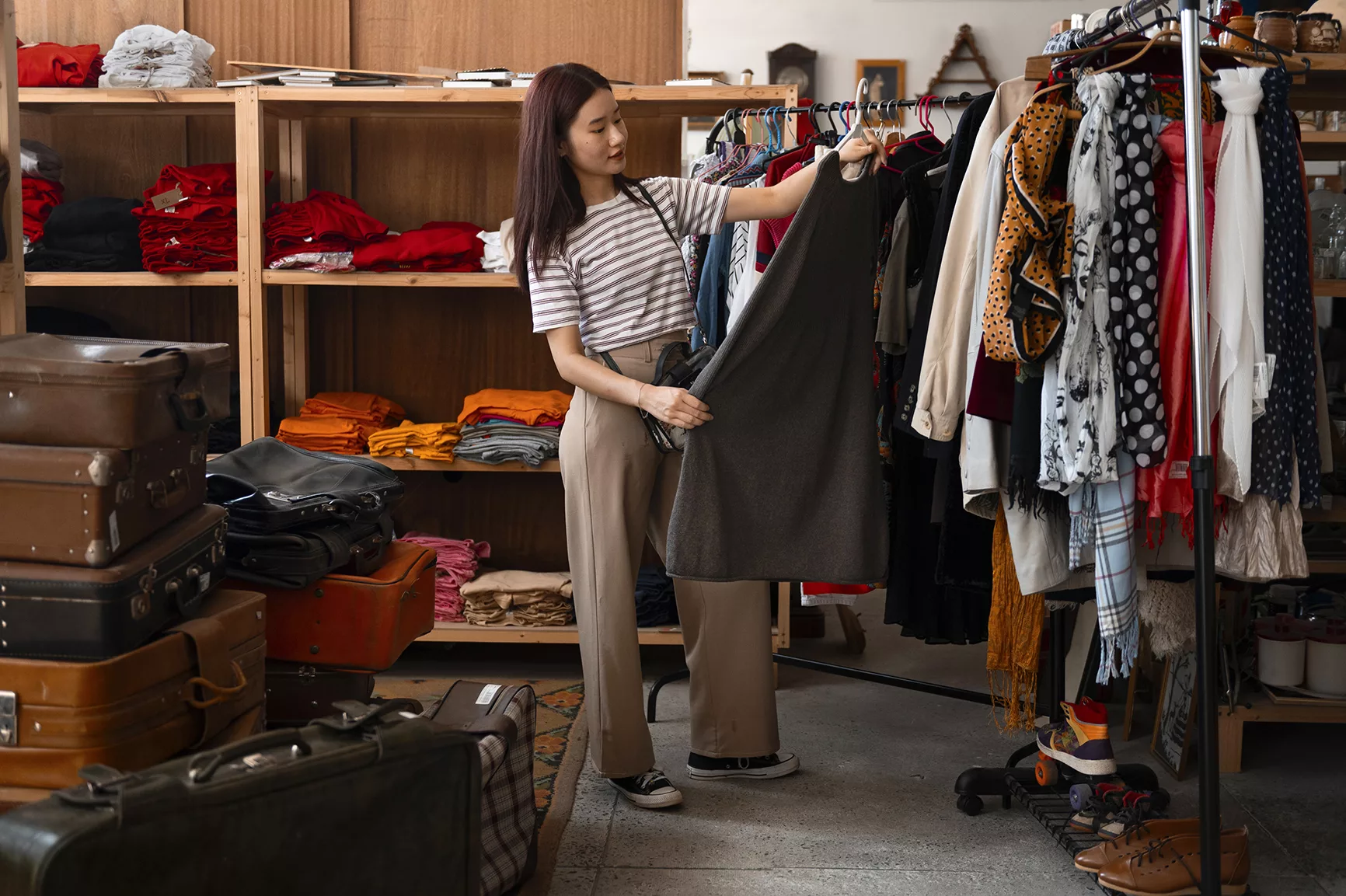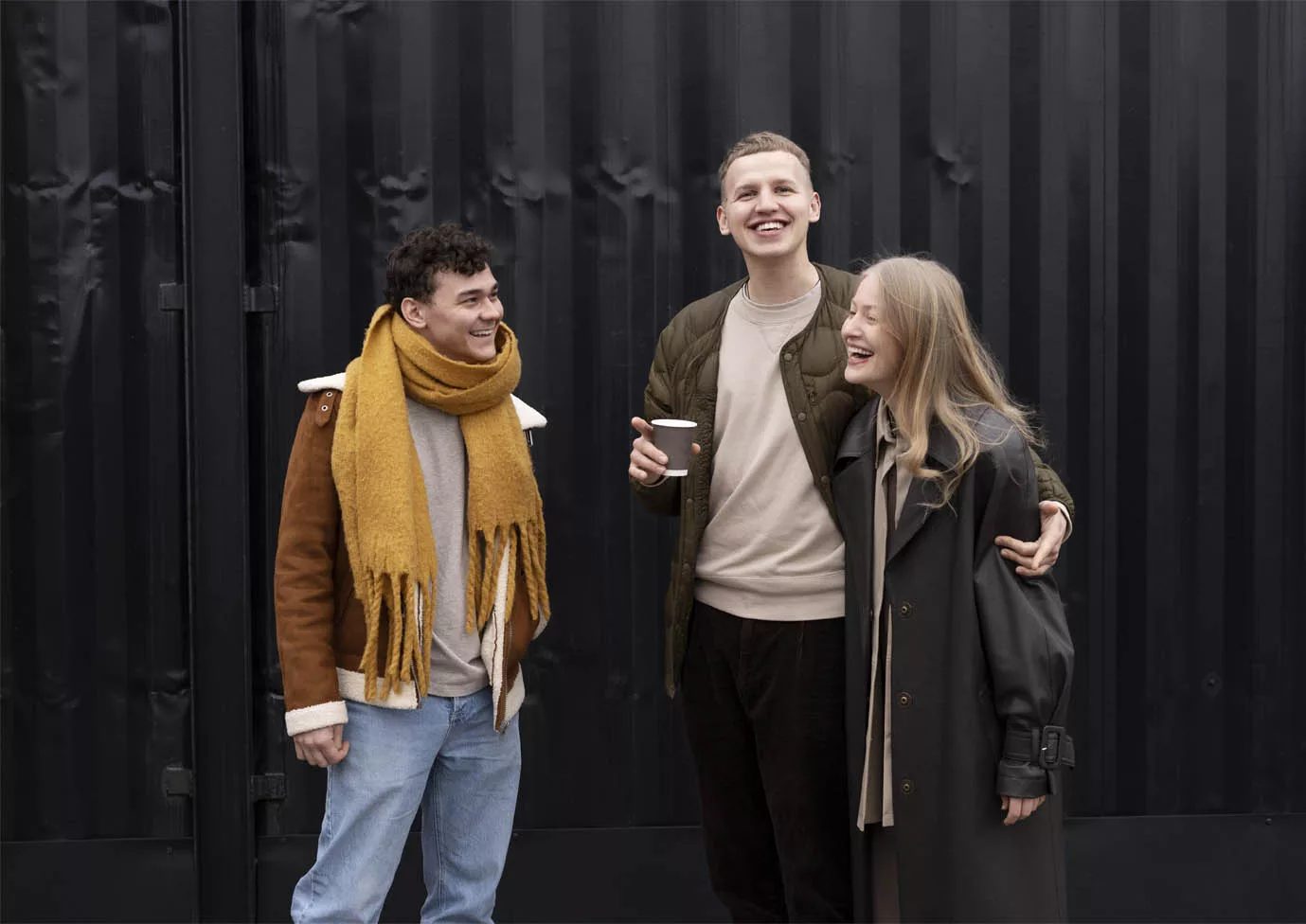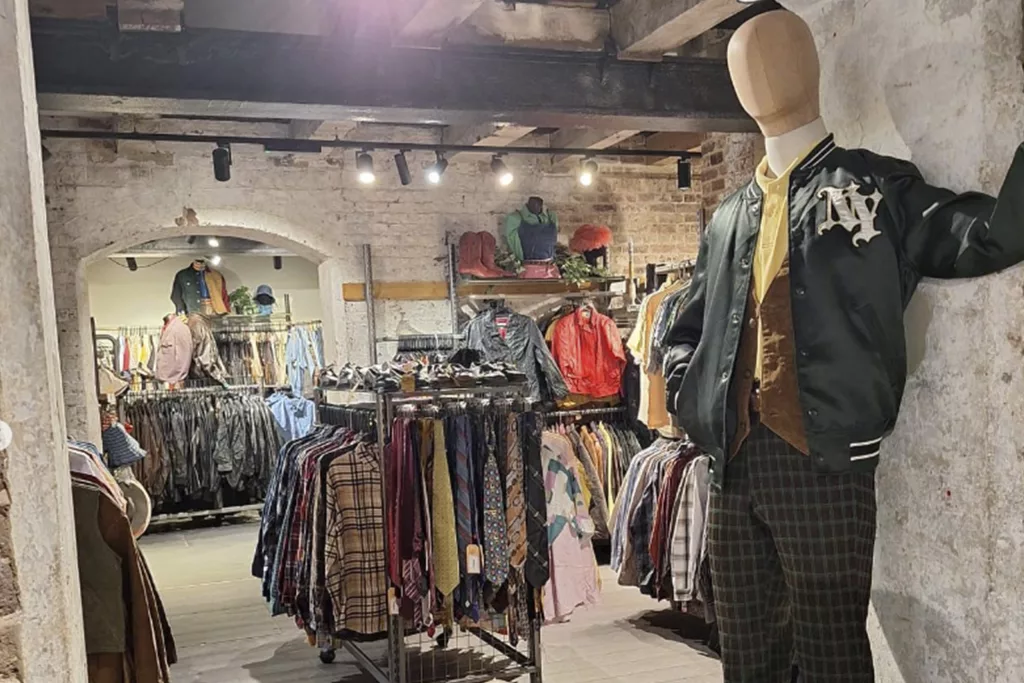The secondhand apparel market is booming, with an estimated value of US$ 43.49 billion in 2024 and projected to reach US$ 125.18 billion by 2034. This growth is driven by the rising awareness of the financial, social, and environmental benefits of thrift shopping. As the fashion industry evolves, the debate between vintage and modern secondhand clothing intensifies. Let’s explore what sells best in this thriving market and why.
The Appeal of Vintage Clothing
Nostalgia and Individuality
Vintage clothing, defined as items typically 20 years or older, has a unique appeal that transcends time. Many shoppers, especially younger generations, are drawn to vintage pieces for their individuality and the sense of nostalgia they evoke. These garments often showcase high-quality craftsmanship and intricate details that are rare in today’s fast-fashion market. Wearing vintage allows individuals to express their personal style distinctively, standing out in a world of mass-produced clothing.
Environmental Impact
Vintage clothing also aligns with the growing trend of sustainability in fashion. By purchasing pre-owned items, consumers extend the lifespan of garments, reduce textile waste, and lessen the environmental footprint of their wardrobes. This eco-conscious approach resonates strongly with Gen Z and Millennials, who prioritize sustainability and the circular fashion economy.

The Rise of Modern Secondhand Clothing
Affordability and Accessibility
Modern secondhand clothing, which includes recent trends and styles from the past few years, is gaining popularity for its affordability and accessibility. Thrift shopping for contemporary pieces allows consumers to access high-quality items, including luxury brands, at a fraction of the original price. This cost-effectiveness makes modern secondhand apparel an attractive option for budget-conscious shoppers who still want to stay fashionable.
Technological Advancements
The surge in resale platforms and online marketplaces has revolutionized the modern secondhand clothing market. Platforms like ThredUp, Depop, and Poshmark make it easier than ever to buy and sell pre-owned clothes. These platforms often use cutting-edge technologies such as AI and AR to enhance the shopping experience, offering virtual try-ons and personalized recommendations. This convenience has broadened the appeal of modern secondhand shopping, attracting a diverse range of consumers.
Key Trends Shaping the Secondhand Apparel Market
Gen-Z Vibes on Millennial Fashion
Younger shoppers, particularly Gen Z and Millennials, are driving the growth of the secondhand apparel market. Their preference for sustainable, cost-effective fashion options aligns with the values of reducing waste and supporting the circular economy. This demographic shift represents a move away from the traditional linear model of fashion consumption towards more conscientious buying habits.

Resale Platforms and Marketplaces
The rise of resale platforms has significantly stimulated the demand for secondhand apparel. These platforms provide an accessible and efficient way to purchase and sell pre-owned clothing, removing the obstacles often associated with conventional thrift shopping. Fashion brands are also collaborating with these platforms to reach new markets and customer segments, leveraging their infrastructure to capitalize on the sustainability trend.
Conclusion: Vintage or Modern?
So, what sells best in the secondhand market? The answer isn’t straightforward, as both vintage and modern secondhand clothing have their unique appeals and growing demand. Vintage clothing attracts those seeking individuality, quality, and nostalgia, while modern secondhand apparel appeals to budget-conscious, trend-savvy consumers looking for accessibility and sustainability.
As the secondhand apparel market continues to expand at a projected CAGR of 11.1% through 2034, both vintage and modern clothing will play crucial roles. The key to success for sellers in this market lies in understanding the diverse motivations of secondhand shoppers and catering to their varied tastes and values. Whether vintage or modern, the future of fashion is undoubtedly secondhand, driven by a shared desire for sustainability, affordability, and unique style.
Are You Looking to Buy or Sell Used Goods?
Bank and Vogue is a trusted partner in the secondhand industry, providing graders, retailers, and wholesalers with reliable textile loads on a monthly basis. Thanks to our market knowledge and extensive supplier network, we can fulfill orders according to our customer’s needs and preferences. Our supplier network includes private collectors and charities from all over the world. We take pride in funding these organizations to support their local communities by monetizing their excess donations. We also manage every aspect of the transaction to ensure a smooth and efficient process for all parties involved. Whether you are a buyer seeking unique finds or a seller aiming to reach new customers, we can help you succeed in the thriving secondhand market.







